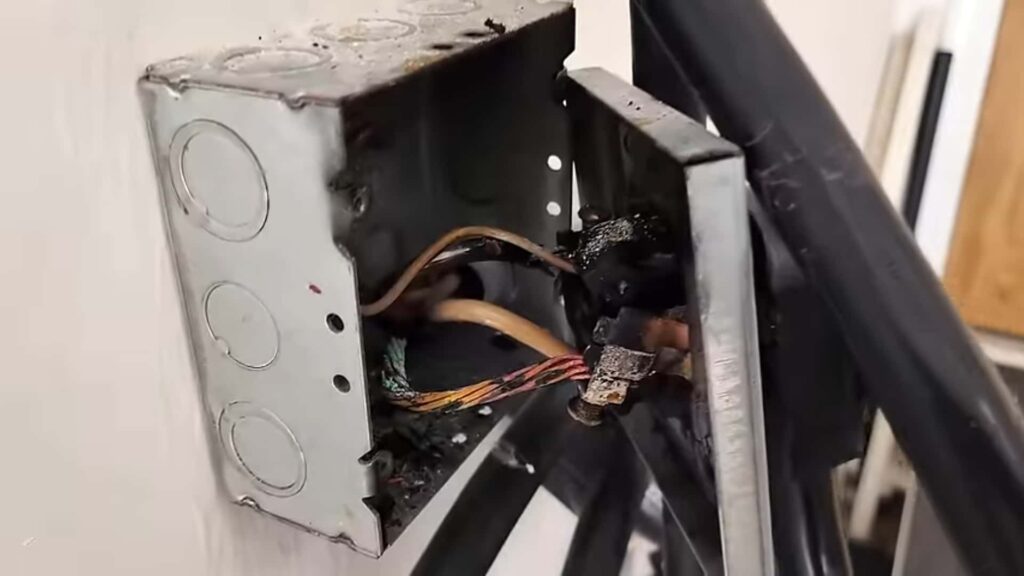The latest episode of Tom Moloughney’s Recharge Rescue series on his State of Charge YouTube channel serves as a stark reminder of the importance of proper home electric vehicle charging installations. In this particular episode, Moloughney visits an Ohio-based Mustang Mach-E owner who experienced a frightening incident with a melted NEMA 14-50 outlet.
The video opens with Moloughney emphasizing the crucial fact that not all outlets advertised as industrial grade are equipped to handle the continuous high-power demands of EV charging. He contrasts a standard Leviton 279-S00 plug, which typically costs around $10 and is marketed as industrial grade, with a newer Leviton plug specifically designed for EV charging. The differences between the two are striking, with the EV-specific plug featuring a thicker build, more metal components, and improved mounting connections for wiring on the housing. While the upgraded plug may come at a higher price of $66, Moloughney stresses that the investment is well worth it for enhanced quality and capability.
Upon arriving at the Mach-E owner’s residence, it becomes evident that the melted NEMA plug was indeed a smaller, lower-grade unit. The owner narrowly avoided a potential disaster, as the outlet had become hot enough to fuse the charger’s plug in place. Moloughney and a licensed electrician with EV experience swiftly addressed the issue by replacing the outlet with hard-wiring. Additionally, the breaker box was updated with a 50-amp breaker, correcting a previous electrician’s error of using a 60-amp breaker with 6 gauge Romex wiring to power the 50-amp outlet. To prevent overloading the circuit, the new charger was derated to 40 amps.
The installation upgrade proceeded smoothly, underscoring the importance of not cutting corners when it comes to home EV charging setups. While hard-wiring is generally preferred, if opting for a plug, it is essential to ensure that it is not merely labeled as industrial grade but capable of withstanding the extended power demands associated with EV charging. This cautionary tale serves as a valuable reminder for all EV owners to prioritize safety and quality in their charging infrastructure.

